They were 3 on a quad at night: Renée, a ranger from DOC (Department of Conservation), the little Kiwi, and Yep Yep Yep. It was raining, but the only one that did not get wet was the little Kiwi because he traveled inside a box. The terrain was quite irregular: a forest track with holes and puddles, and occasionally, a river to be crossed.
Yep Yep Yep felt amazed by how the quad was able to move in this terrain and perceived how the little kiwi was beating with it´s beak the base of the box, which he attempted to balance in the turbulence of the movement. After a long half of an hour, they took a narrower path, surrounded by tall grass, which they followed for a while, until they arrived where the story of the little kiwi began.
The kiwi´s mother had the egg inside for 30 days. The egg of the kiwis is quite large compared to the size of the mother since it is about 12 cm long and occupies 20 percent of her body!
How are the Kiwis?
The Kiwis are part of the Ratites family (Struthioniformes), which includes the african ostrich, the cassowary and emu from Australia and the South American Rhea (or “ñandú”). 200 million years ago Pangea was divided into 2 sub-continents: Laurasia (Future North America, Europe and Asia) and Gondwana (future South America, Africa, Australia, Antarctica and New Zealand). It is believed that all ratites come from a common ancestor. The kiwi is indeed the smallest of this bird family, and for some reason the bird’s size has decreased but the egg in comparison is very big!
That is why between the DOC and some private companies (banks, chemical companies that want to clean their image, etc…) are trying to preserve the kiwi, the bird that does not fly and that only lives in New Zealand.
Kiwi: fruit, bird or person?
We already know the bird and the fruit. But why do we call kiwi to New Zealanders? A Scottish man married to a New Zealander, invented a shoe polish in the early 20th century. In honour of his wife, he named it “Kiwi” for the rarity of the bird who lived in New Zealand. In the First World War, the American and British Army used this show polish because it was of good quality and started calling Kiwis at the New Zealand soldiers, and the name remained.
Let’s go back to our story: the release of the Kiwi!
Little kiwi´s father name is Rocket and the egg he incubated was the egg “Rocket 5”, the fifth of Rocket. When Rocket went to eat insects one night not so long ago, a ranger of DOC stole the egg and took it to Rotorua, at 200 km, where they cleaned it, disinfected and incubated artificially. Once the egg hatched, RK5 (the little Kiwi) was fed for 3 weeks of the egg yolk, which is the richest in the world (it has a 60% yolk). In this way they success rate at eclosion rises to 85%.
After 3 weeks we took it by quad to the area where they swiped the egg. Once they placed a band with a transmitter on its leg and measured the bill, Renée found a sheltered base of a tree and put a few ferns in the hole to make the nest cosier. The beak of Kiwis is always measured when they are captured so they can know faster if it is male or female depending on whether the bill grows slowly or quickly.
More PHOTOS:
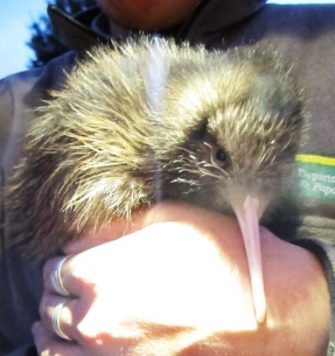
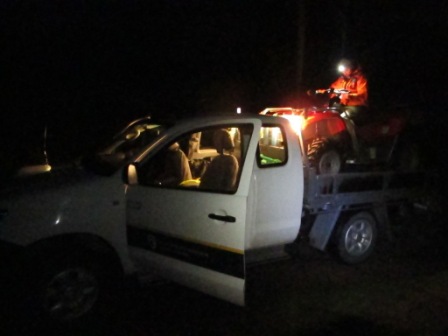
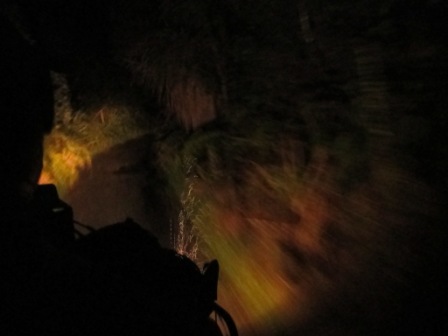
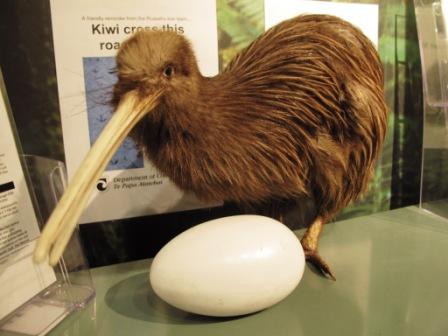
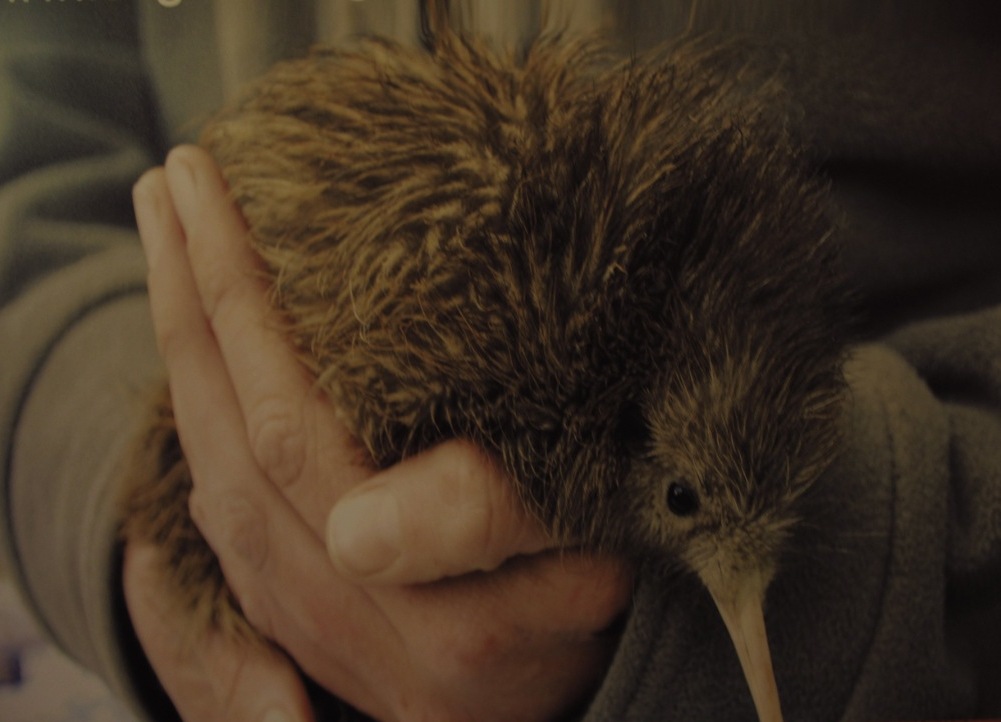
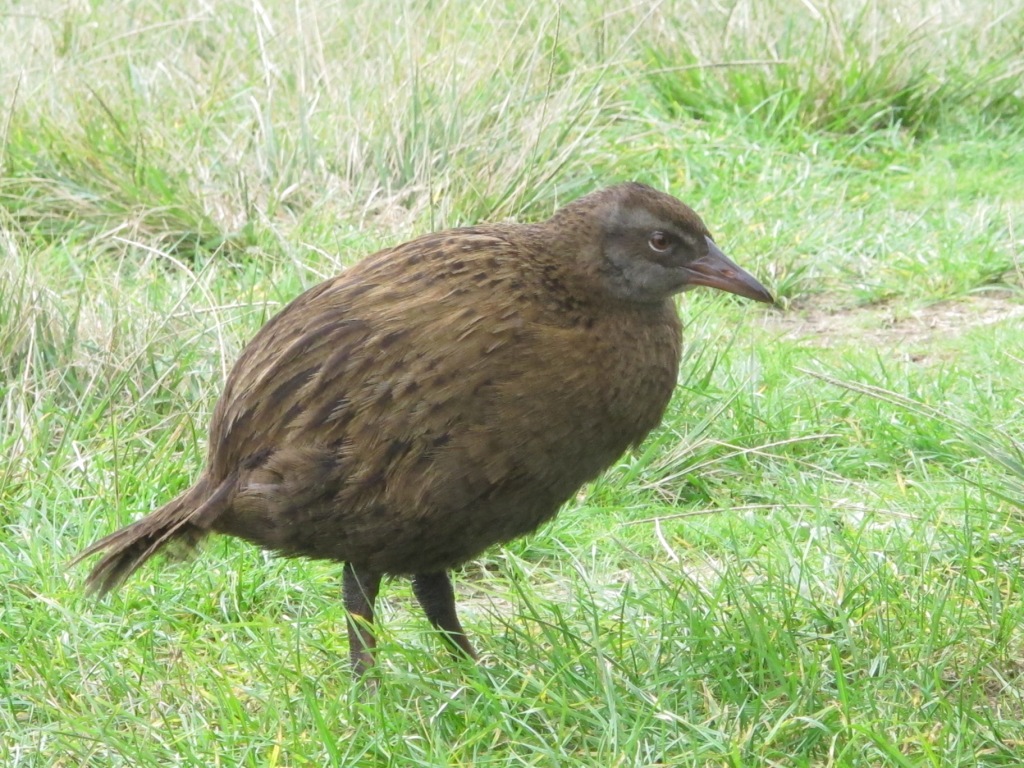
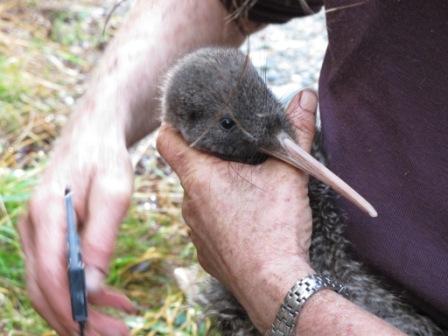
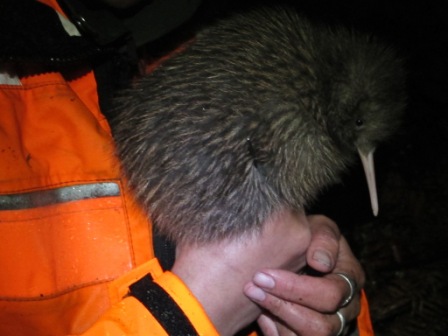

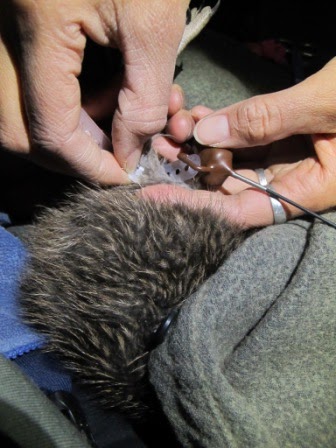
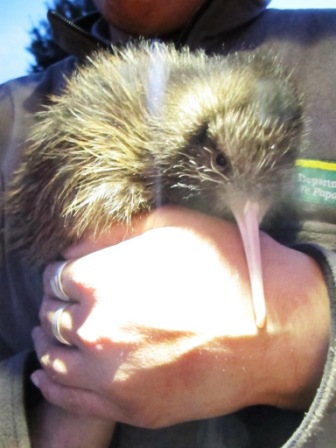
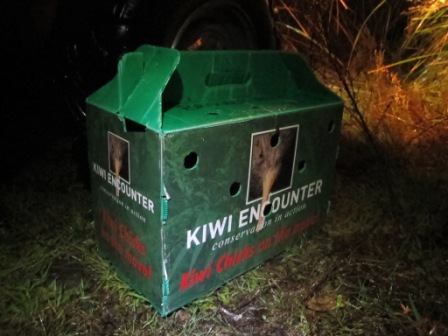
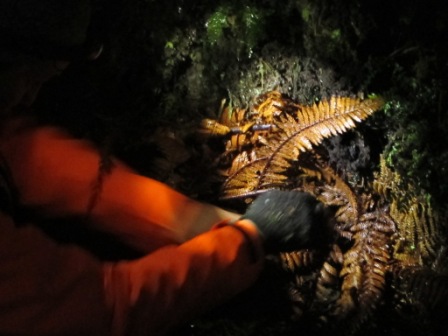
Leave a Reply